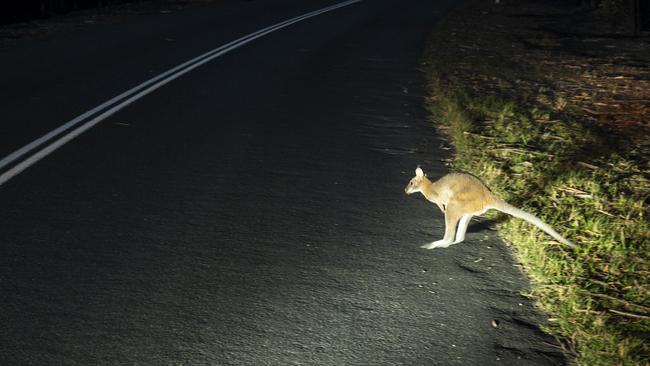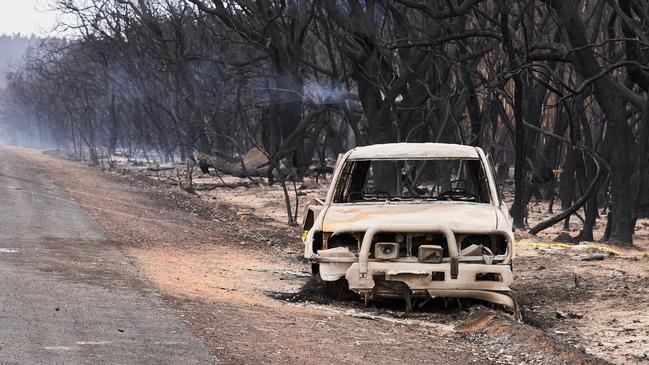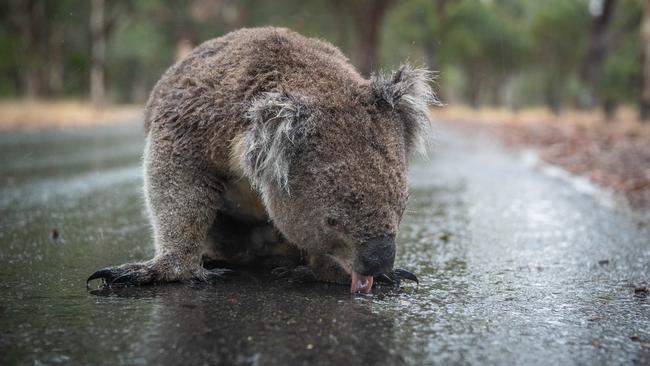Australia’s animal crash hot spots revealed
Regional travel is starting to open up around the country, allowing Australians to once again plan holidays. But here are the hidden dangers every out-of-town driver needs to know.
Motoring news
Don't miss out on the headlines from Motoring news. Followed categories will be added to My News.
As Australia starts to reopen, holiday-makers and regional drivers need to be on the lookout.
New research from AAMI insurance has revealed the regions you are most likely to be involved in an accident with wildlife.
Winter is a time when animals are particularly active at night as they search for water and food. AAMI data shows claims for animal crash incidents increase by 15 per cent between May and August.

Kristie Newton from NSW Wildlife Information, Rescue and Information Service (WIRES) believes that winter months could further exacerbate the loss of wildlife from the recent bushfires.
“The summer bushfires have wiped out an estimated one billion native animals, and the devastating loss of so much bushland has left many displaced and vulnerable,” said Ms Newton.
“As we head into winter, we may see increased activity particularly from nocturnal wildlife as they cross roads in search of food and water, which we saw after the drought, increasing the likelihood of them being hit.”

Analysis of more than 21,000 animal collision claims between February 2019 and January 2020 revealed Canberra was the most common region for an accident with wildlife.
In NSW the most dangerous area for wildlife accidents was Dubbo followed by Goulburn and Mudgee.
In Victoria motorists around Heathcote were most likely to be involved in an accident with an animal followed by Gisborne and Wallan.
In Queensland the most incidents occurred around Roma followed by Goondiwindi then Moranbah.
South Australia’s Port Augusta had the most claims followed by Mount Gambier and Coober Pedy.

In Western Australia the most incidents occurred around Baldivis followed by Nannup then Busselton.
And in Tasmania Kingston was the most common area for accidents involving animals followed by Launceston and Cambridge.
The crash data found that kangaroos were by far the most common animal to be hit on the road, accounting for 84 per cent of claims followed by wallabies (five per cent) and wombats (two per cent).
Ms Newton said that drivers need to be extra careful in areas of fog and near water sources.
“If you’ve been involved in an accident with wildlife, please pull over where it is safe to check whether the animal is injured. For your own safety never approach an adult kangaroo, even if it’s injured. If it has passed away, check its pouch as young animals will not survive long in these conditions,” said Newton.

“Keep any distressed animals warm, ideally wrapped in a blanket, jumper or cardboard box, and keep quiet until you can call for help.”
With the easing of regional travel restriction drivers need to be especially careful according to AAMI’s head of motor claims Anna Cartwright.
“We encourage drivers to always expect the unexpected, particularly out-of-towners driving on country roads. Don’t drive distracted and above all, drive to the conditions to keep yourself, family and our wildlife safe,” said Ms Cartwright.
Originally published as Australia’s animal crash hot spots revealed

